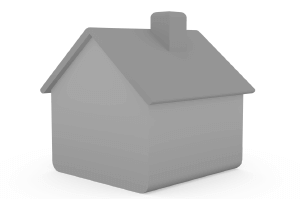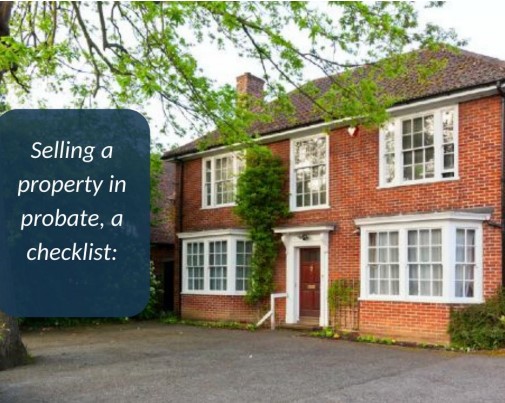Help to Buy Government Backed Mortgages
The Government’s flagship Help to Buy Scheme is well underway, but is it really helping the people who need it the most? New research from the Resolution Foundation thinktank shows that low to middle-income families, across two thirds of the country, will not be able to benefit from the Help to Buy mortgage scheme as the monthly repayments will be too high.
The government backed mortgage scheme means that there are far more 95% mortgages available, however, the monthly repayments for such a large mortgage are inevitably going to be a lot higher than a mortgage with a much larger deposit. This means that while they have the deposit saved up for a 95% mortgage, low to middle-income families will face unaffordable repayments of up to 95% of their disposable income. The Help to Buy Shared Ownership Schemes are suggested as a more viable alternative for those that cannot afford to own their home.
More and more people who have applied for 95% mortgages are finding that the increased risk for their lenders means that they are much stricter with regards to their other lending criteria. For example, we have heard countless stories where mortgages have been withdrawn due to properties not being suitable security for lending; even in minor cases where the structural problems have been resolved, but the lenders just aren’t prepared to take any additional risk when issuing loans.
The tightening of lending criteria has meant that even those that can afford the monthly repayments are struggling to obtain a 95% mortgage. David Cameron announced earlier this month that of the 2,384 applications that have been accepted under the Help to Buy mortgage scheme, only 10 sales have actually completed.





